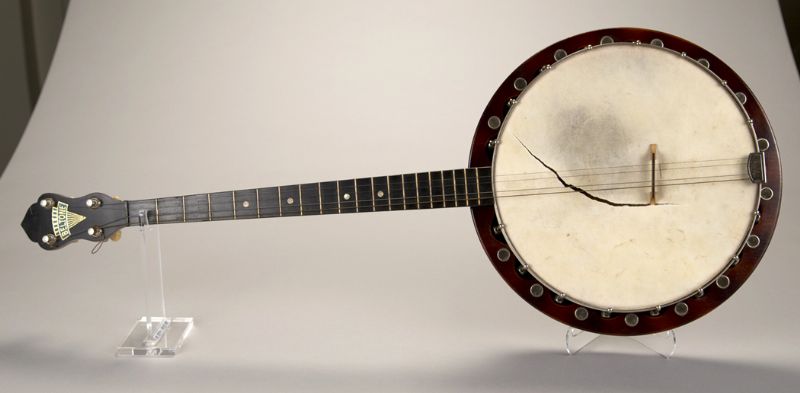Lardy's ukulele database gives you all the info you're looking for. It's the post-1962 Japanese import version, probably made by Zen-On.
Both Favilla and Vega claim to have invented the baritone ukulele, Favilla probably having the better papers (see a good discussion on
https://www.fleamarketmusic.com/bulletin/bulletin-nonpop.asp?BulletinID=981).
Thanks for the info. I checked the fleamarket link and I couldn't find a single reference to Beltone. A search of their database for Beltone says "
We are currently adding products to this category. Please check back soon!" The Lardy's search for Beltone reveals "Beltone 1920-30s" and "Belton 1960's Japan". The first one shows 2 ukes, but from the picture quality, I can't confidently say that either are Beltones. It states:
"(Harry) Perlberg & (Abe) Halpin were New York instrument distributors from 1910 to the some time in the 1930's (in 1927 Abe Halpin left the company and it became Harry Perlberg Co. and I can't find references to it after 1929 so it is possible it was a victim of the Wall St. Crash?) They are one of those names that Martin is suppose to have made some instruments for, (records indicate they did, but only 12 Ukuleles, 15 Guitars and 10 Mandolins).
Their main "house" brand was Beltone under which they distributed the whole range of fretted instruments, Guitars, Banjos, Mandolins and of course Ukuleles and Banjoleles. (The brand name Beltone was registered again in 1962 and used on Japanese Imported Ukuleles but I don't think this had anything to do with P&H?) They also used the name Wapiti on Ukuleles, and possibly other instruments(?), while they were still P & H.
They may have had other house brands, Blue Comet is a name that crops up but I can find no conclusive link, and as a distributor they distributed a number of instruments they didn't directly brand. I have seen an article saying Nonpareil Ukuleles were added to the 1926 catalogue and an advert saying they distribute them. I can find nothing on Nonpareil that isn't linked through P&H though I have seen it mentioned a couple of times that the instruments themselves were manufactured by the musical instrument case maker Bulwin Manufacturing Co. of Los Angeles, (and that there was a really tiny playable novelty model too), so think this is probably another P&H brand name too, though again but I can't be sure."
The Beltone 1960's link shows "page not found. We're sorry, but we were unable to locate the page you requested."
Were you able to find additional info that I missed? Neither of those sites point to mine being "the post-1962 Japanese import version, probably made by Zen-On." The above reference does however reveal it very well could be from as early as 1910.
Thanks again for your help!








